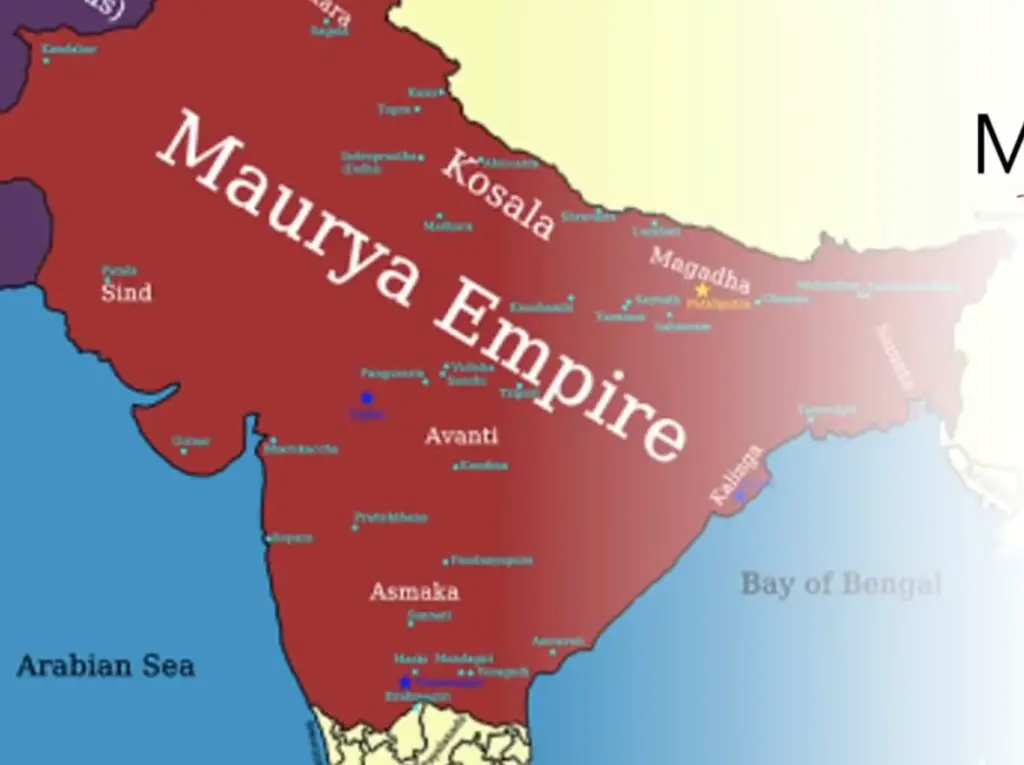The Ming Dynasty, which lasted from 1368 to 1644, is widely regarded as one of the most illustrious periods in Chinese history. This dynasty, founded by Zhu Yuanzhang, and known as the Hongwu Emperor, witnessed significant achievements in governance, culture, arts, and exploration. Let us delve into the fascinating history and accomplishments of the Ming Dynasty.
Foundation and Consolidation of Power in the Ming Dynasty:
The Ming Dynasty emerged following the collapse of the preceding Mongol-led Yuan Dynasty. Zhu Yuanzhang, a peasant-turned-rebel leader, successfully overthrew the Yuan Dynasty and established the Ming Dynasty. He adopted the regal name Hongwu and set up his capital in Nanjing.
Under the rule of the Hongwu Emperor, the Ming Dynasty sought to consolidate power and strengthen the central government. Hongwu implemented various administrative reforms, such as land redistribution, reduction of taxes, and the establishment of a vast bureaucracy to govern the vast territories of China. He also focused on military expansion, fortifying the Great Wall, and undertaking military campaigns to secure the borders.
Prosperity and Economic Growth:
The Ming Dynasty witnessed remarkable economic growth, leading to a prosperous society. Agricultural advancements, including the introduction of new crops and improved irrigation systems, contributed to increased agricultural productivity. This, in turn, led to population growth and urbanization, with cities like Beijing, Nanjing, and Suzhou flourishing as centers of commerce, culture, and education.
International Trade and Exploration:
During the Ming Dynasty, China engaged in extensive maritime exploration and trade expeditions, led by renowned admiral Zheng He. Zheng He embarked on several voyages to Southeast Asia, India, Arabia, and even East Africa, showcasing the might and wealth of the Ming Dynasty. These expeditions expanded China’s diplomatic relations, facilitated trade, and promoted cultural exchanges.
Cultural Achievements and the Arts:
The Ming Dynasty was renowned for its cultural achievements and artistic endeavors. Literature, poetry, and drama flourished during this period, with notable writers and playwrights contributing to the rich literary heritage of China. The development of the vernacular Chinese language, known as “Baihua,” enabled a wider audience to appreciate and engage with literature.
The Ming Dynasty also witnessed advancements in painting, ceramics, calligraphy, and architecture. Ming artists excelled in various art forms, with porcelain production reaching new heights of quality and craftsmanship. Famous Ming-era blue and white porcelain became highly sought after, both domestically and internationally.
Architecturally, the Ming Dynasty is known for its grand palaces, temples, and the iconic Forbidden City in Beijing. The architectural style of the era combined traditional Chinese elements with new design innovations, creating visually stunning and structurally impressive buildings.
Social and Legal Reforms:
The Ming Dynasty implemented significant social and legal reforms aimed at improving the lives of the common people. Land reforms were introduced to redistribute land fairly, alleviate poverty, and reduce wealth disparities. Legal reforms focused on ensuring justice and fairness, including the codification of laws and the establishment of legal institutions.
One of the most notable legal reforms during the Ming Dynasty was the codification of the Ming legal code, known as the “Da Ming Lü.” This comprehensive legal code incorporated Confucian principles, emphasizing social harmony, filial piety, and ethical conduct.
Legacy and End of the Ming Dynasty:
Despite its many achievements, the Mins faced challenges in its later years. Internal corruption, economic strain, and external threats from nomadic tribes took a toll on the empire. In 1644, the Dynasty was overthrown by a rebellion led by the Manchu people, who established the subsequent Qing Dynasty.
Nonetheless, the Dynasty left a lasting legacy in Chinese history. Its cultural contributions, administrative reforms, and advancements in various fields continue to influence Chinese society today. The era is remembered as a time of innovation, prosperity, and cultural brilliance, solidifying its place as one of the golden ages of Chinese civilization.



